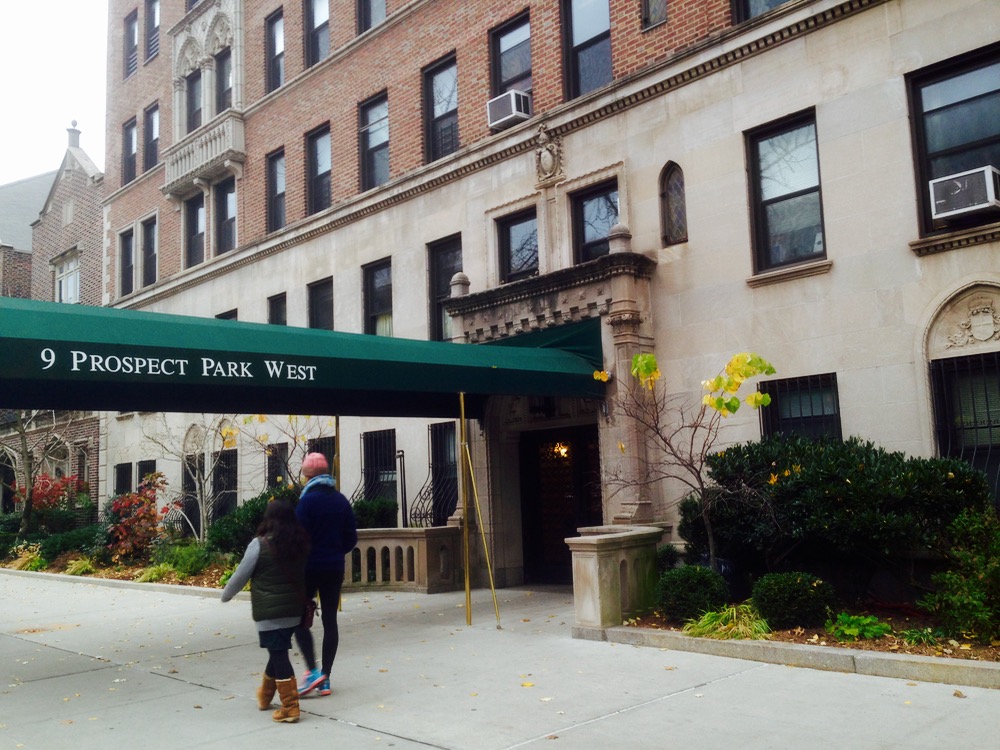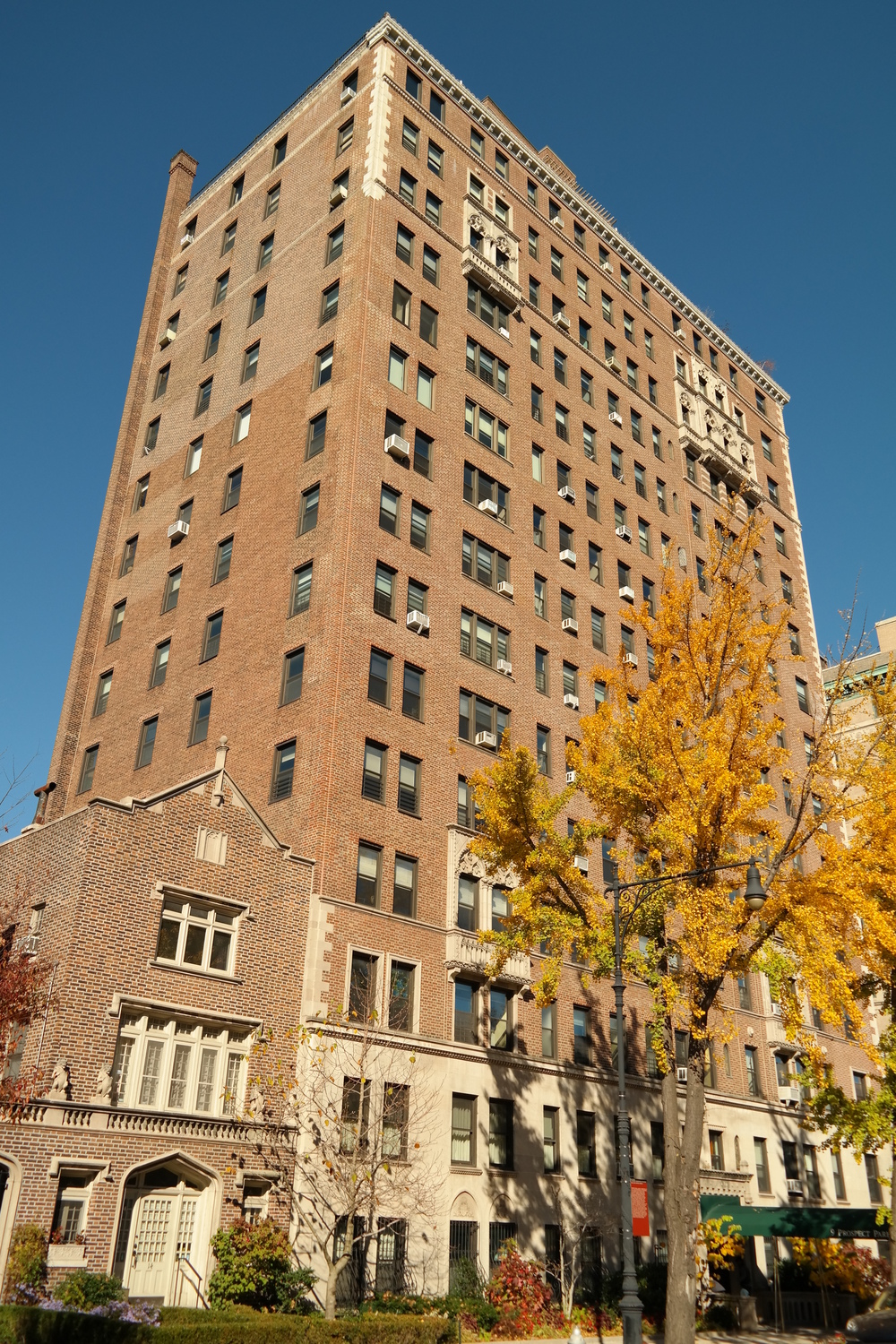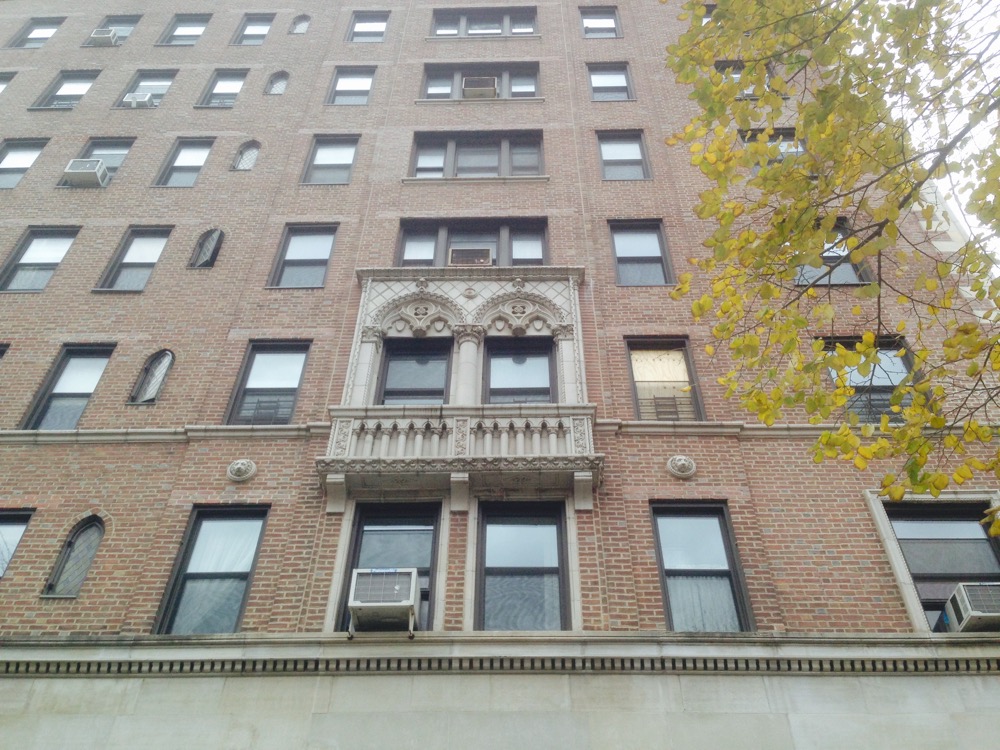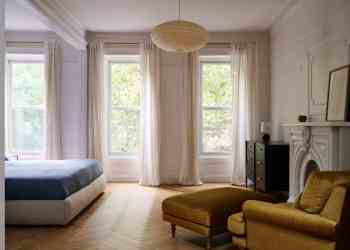A Luxury Apartment House Becomes Victim of Its Own Success in 1920s Park Slope
The history of luxury apartment houses along Prospect Park West can be neatly summarized by tracing the history of 9 Prospect Park West. A 1903 building at this address first brought “high class” apartments to the street, replacing less profitable row houses. The original building was key in establishing Prospect Park West as a luxury housing…

The history of luxury apartment houses along Prospect Park West can be neatly summarized by tracing the history of 9 Prospect Park West. A 1903 building at this address first brought “high class” apartments to the street, replacing less profitable row houses.
The original building was key in establishing Prospect Park West as a luxury housing corridor, but became a victim of its own success.
A developer replaced the six-story building with a larger and more profitable 15-story apartment house in 1929. Right around then, the street’s luxury apartment house era came to an end.

In the early 1900s, Prospect Park West was developing as a street of fine row houses and mansions. In similar areas of Manhattan, large elevator apartment houses were replacing brownstones as the housing of choice for the middle and upper classes, but there were no such buildings on Prospect Park West.
That’s where Carl J. Zimmerman stepped in. In 1903 he developed The Hampton, a new elevator apartment house at 9 Prospect Park West, at the corner of President Street, a block away from Grand Army Plaza.
The Hampton was a six-story brick and limestone structure containing 24 large apartments. It was designed by Schwartz & Gross, a then new architectural firm that went on to become one of New York City’s most prolific apartment house designers.

Also known as Hampton Court, it featured an interior courtyard, accessed from an elegant archway, which provided light and air to the apartments’ rear windows. The Brooklyn Daily Eagle described it as the “last word in high-class apartment construction.”
In 1904 The New York Sun speculated that “Prospect Park West is going to repeat the experience of Central Park West and be transformed eventually into a street of high grade apartments. A beginning has already been made in this direction and last year Carl J. Zimmerman erected a six story limestone apartment house.”
This prediction was only partly realized. Prospect Park West did not become a carbon copy of Central Park West.
In the 20 years after The Hampton, only a few other elevator apartment houses were added, such as a six-story building at 78 Prospect Park West completed in 1916. Many row houses and a few mansions remained.
In the late 1920s, however, Prospect Park West began to experience a new wave of apartment house development with taller buildings offering modern comforts. For example, at 27 Prospect Park West, developer Samuel Wander replaced the Leonard Michel mansion with a 15-story apartment building completed in 1928.

Wander next turned his attention to 9 Prospect Park West. He bought The Hampton in 1928, demolished it, and built a new 15-story (plus penthouse) Venetian-style building with 43 units. It was completed in late 1929, just as the Great Depression started.
If not for the economic downturn of the 1930s, it seems likely that more buildings of this type would have been developed on Prospect Park West, replacing smaller buildings. Instead, there were no more high rises built after 1929.

Today, most of Prospect Park West is located within the Park Slope Historic District, so unlike The Hampton most of the street’s buildings are now protected against future redevelopment. However, 9 Prospect Park West is not in the historic district.
One day it could face the same fate of its predecessor, unlikely though that may seem at present given that it remains one of Brooklyn’s most prestigious addresses.

[Top photo: Cate Corcoran]
Related Stories
Co-op of the Day: 9 Prospect Park West, #6A
Building of the Day: 35 Prospect Park West
Building of the Day: 195-202 Prospect Park West









“One day it could face the same fate of its predecessor, unlikely though that may seem at present given that it remains one of Brooklyn’s most prestigious addresses.”
Pretty sure the zoning would not allow for a bigger building, or even one of similar size.
Yes, you’re correct, 9 PPW is significantly overbuilt relative to the existing zoning. Which is true of a lot of pre-1961 buildings.
However, it could be upzoned. Today an upzoning of this site is unthinkable, for many reasons. But tomorrow never knows.